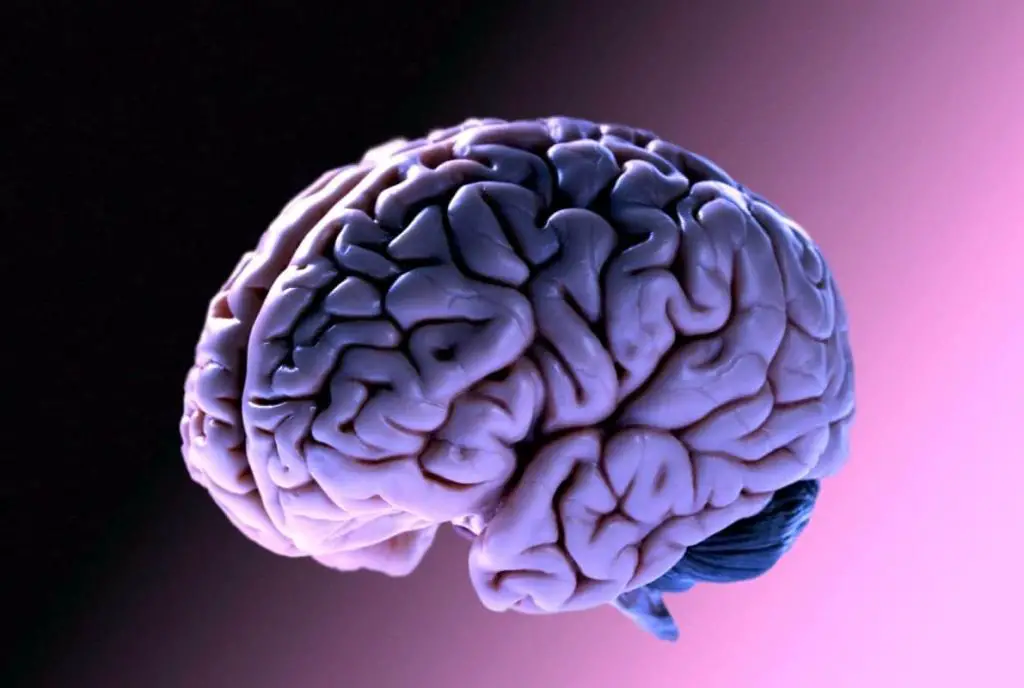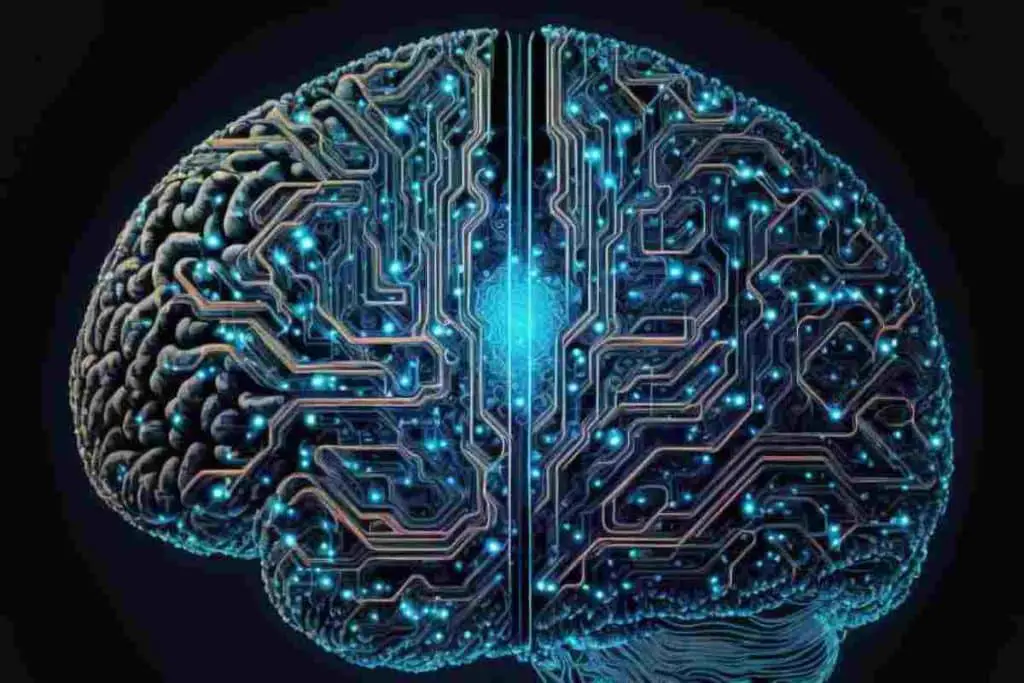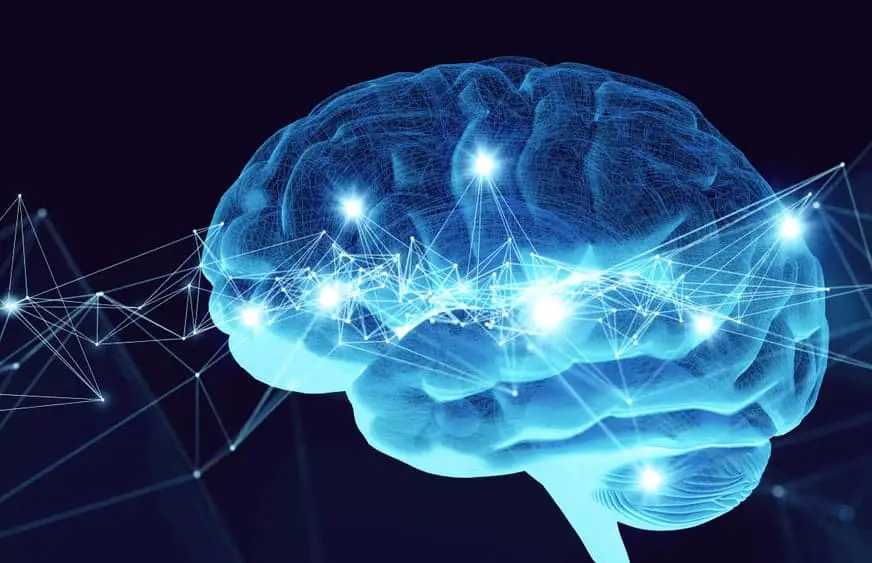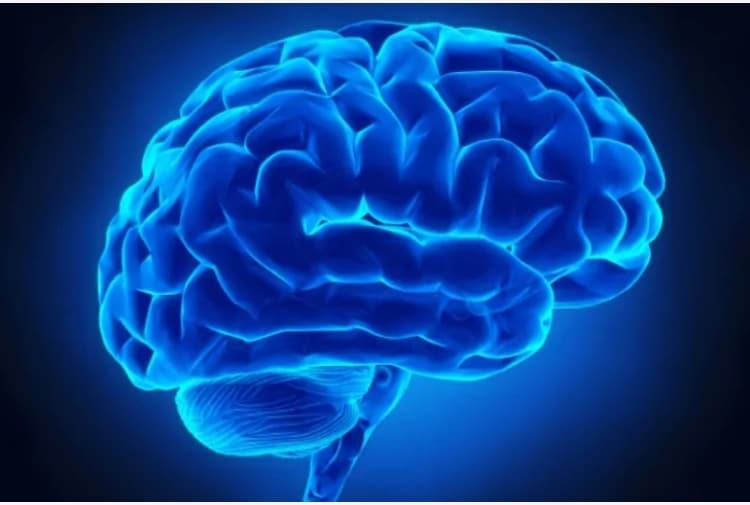A recent study from Baylor College of Medicine and Texas Children’s Hospital has identified a specific pattern of neural activity as a novel biomarker to accurately predict and monitor the clinical status of individuals with obsessive-compulsive disorder (DOC) undergoing deep brain stimulation (DBS), a rapidly growing therapeutic approach for serious psychiatric disorders.
Accurately monitor individuals with obsessive-compulsive disorder
The study, conducted by Drs. Sameer Sheth and Wayne Goodman along with co-lead authors Drs. Nicole Provenza, Sandy Reddy and Anthony Allam, was published in Nature Medicine.
“Recent advances in surgical neuromodulation have enabled long-term, continuous monitoring of brain activity in patients with OCD during their daily lives,” said Nicole Provenza, MD, associate professor at Baylor College of Medicine and a McNair Scholar. “We used this new opportunity to identify key neural signatures that may serve as predictors of clinical status in twelve individuals with treatment-resistant OCD who were receiving DBS therapy.”
Obsessive-compulsive disorder is a common and debilitating mental health condition that affects 2-3% of the world’s population. Approximately two million people in the United States suffer from it. In severe cases, sufferers spend an extraordinary amount of time performing repetitive, seemingly senseless compulsions and dwelling on intrusive thoughts.
Obsessive-compulsive disorder has a huge impact on the well-being and quality of life of patients and their caregivers and can interfere with the ability to maintain employment and relationships. While psychotherapy and medications are effective in most affected individuals, approximately 20-40% of individuals with severe OCD are resistant to these conventional treatments.
Since the early 2000s, DBS therapy has been used to modulate neural activity in specific regions of the brain linked to OCD symptoms. Many patients who qualify for this therapy have not received sufficient benefit from conventional therapies. In this treatment-resistant population, approximately two-thirds of patients show significant improvement in OCD symptoms after DBS.

Just as pacemaker devices regulate electrical activity in the heart, DBS devices regulate electrical activity in the brain. DBS devices carry electrical impulses from the generator, usually implanted in the upper chest, via a pair of thin wires (leads) to specific target regions in the brain. Precise tuning of the stimulation parameters allows the electrical impulses to restore a dysfunctional brain circuit to a healthy state.
DBS is an FDA-approved procedure commonly used to treat movement disorders such as essential tremor and Parkinson’s disease, and is increasingly being used to treat severe obsessive-compulsive disorder.
“We have seen remarkable advances in research on DBS, a technology that has been used for decades to treat movement disorders,” said Dr. John Ngai, director of the Brain Research Through Advancing Innovative Neurotechnologies Initiative (BRAIN Initiative) at the National Institutes of Health.
“The progress reported here represents just one in a long list of success stories in which the BRAIN Initiative has helped develop a new generation of DBS technologies, bringing treatments for conditions such as obsessive-compulsive disorder closer to the clinic.”
Finding the correct dose is often more difficult for psychiatric disorders such as OCD than for movement disorders.
“In patients with movement disorders, it’s most noticeable when stimulation is delivered and adjusted correctly, because abnormal movements like tremors or rigidity immediately subside,” said Dr. Sheth, professor and vice chair of research in the Department of Neurosurgery at Baylor College of Medicine, director of the Gordon and Mary Cain Pediatric Neurology Research Foundation Laboratories, and an investigator at the Jan and Dan Duncan Neurological Research Institute at Texas Children’s Hospital.

“It is much more difficult to achieve this level of precise DBS programming for OCD and other psychiatric disorders because there is a long delay between the start of stimulation and symptom improvement. It is difficult to know which particular adjustment led to a particular change months later.
“Our goal in undertaking this study was therefore to find a reliable neural biomarker to guide us during the management of DBS and to remotely monitor changes in our patients’ symptoms. This is particularly important because many of our patients travel long distances from across the country or the world to undergo DBS treatment, which for OCD is currently only offered in a very few specialized centers.”
To identify an optimal target for biomarker development, the team focused on one of the most characteristic behaviors of OCD: pathological avoidance. Individuals with OCD often suffer from difficult-to-control avoidance of potential harm or suffering. In an attempt to avoid such perceived threats in daily life, they are often plagued by intrusive internal thoughts and irrational fears (obsessions), which lead to rigid routines and repetitive behaviors (compulsions).
The team’s goal was to understand how low-frequency brain oscillations in the theta (4–8 Hz) and alpha (8–12 Hz) ranges, which a large body of scientific literature has shown to play a major role in cognition, were altered in individuals with severe, treatment-resistant OCD. To do so, they exploited a novel feature of modern DBS devices: the ability to not only provide stimulation but also record brain activity.

Typically, studies that monitor brain activity patterns are designed to be brief episodes conducted while participants perform a specific cognitive task. However, this study is unique because researchers were able to use the DBS system to continuously monitor brain activity patterns in the background of daily activities. This feature of the study brought the research into the natural lives of study participants rather than confined to unnatural laboratory settings.
Recordings began at the time of DBS implantation. Because stimulation typically begins days or weeks later, the team was able to measure patterns of neural activity in the severely symptomatic state. Interestingly, they found that ventral striatum neural activity at 9 Hz (theta-alpha edge) demonstrated a prominent circadian rhythm that fluctuated over the 24-hour cycle.
“Before DBS, we observed a highly predictable and periodic pattern of neural activity in all participants,” said Dr. Goodman, D.C. and Irene Ellwood Professor and Chair of Psychiatry in the Menninger Department of Psychiatry and Behavioral Sciences at Baylor College of Medicine.
“After DBS activation, as individuals began to respond and improve symptomatically, we saw a disruption in this predictable pattern. This is a very interesting phenomenon, and we have a theory to explain it. Individuals with obsessive-compulsive disorder have a limited repertoire of responses to any given situation. They often perform the same rituals repeatedly and rarely vary their routines or engage in new activities, which may result in a high predictability of activity in this brain region.

“After DBS activation, their behavioral repertoire expanded; they may respond more flexibly to situations and not simply be driven by a strong desire to avoid OCD triggers. This expanded repertoire may reflect the more diverse pattern of brain activity. Therefore, we think that this loss of highly predictable neural activity indicates that participants engaged in fewer repetitive and compulsive OCD behaviors.”
“In summary, we have identified a neurophysiological biomarker that can serve as a reliable indicator of improvements in mood and behaviors in patients with OCD following DBS treatment. We anticipate that these findings will transform the way patients are monitored during DBS therapy,” added Dr. Sheth, who is also a McNair Scholar and Cullen Foundation Endowed Chair at Baylor College of Medicine.
“Incorporating this information into a clinician-facing dashboard, for example, could help guide therapy delivery, thereby demystifying the DBS programming process for OCD and making therapy more accessible to more clinicians and patients. Additionally, we are excited about the potential possibility that similar neural activity signatures may underlie other neuropsychiatric disorders and could serve as biomarkers to diagnose, predict, and monitor such conditions,” concluded Dr. Provenza.
#ObsessiveCompulsive #Disorder #Neural #Biomarker #Discovered